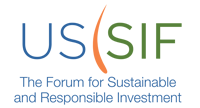Our Planet is Gasping for Breath: Here’s a remedy that is certainly different!
Issue # 2 February 2021: Reduce Food Waste to sequester Gigatons of CO2!
This is a remarkable statement in a world that is chronically food insecure! In today’s world, especially during this current Pandemic, getting adequate nutrition to the people who need it is a major job! Churches and schools have become food storage facilities while food banks and supermarkets are offering outdated items to the hungry at greatly reduced prices.
However, in spite of the need there is a huge amount of food wasted. Project Drawdown estimates that approximately one third of the food available does not make it to the people who really need it! This means that the effort to produce the food is totally wasted, and remarkably, as this waste rots, it produces a tremendous amount of methane creating as much as 8% of the methane produced each year worldwide. Lastly, as you will see below, food waste means water waste as well. The two issues combine.
In the last post in this series, we learned that in 2019 the UN estimated that 821 million people were chronically hungry. And yet, food is rotting all along the entire food supply chain! As usual, these harms are not felt equally, as poorer countries typically experience involuntary waste, from food rotting in the fields, spoiling during transport or storage, or other factors that are earlier in the supply chain. In richer countries, like here in the US, this waste occurs later in the supply chain, which is where we as consumers have more ability to make a difference!
The Scope of the Problem
Let’s look at the size of this problem with some statistics. The USDA estimates that in 2021, 31% of all of food produced will be lost, which will amount to 133 billion pounds and $161 billion worth of food. That amounts to 219 pounds of waste per person, and 30 to 40% of the US food supply. Also, as mentioned above, the wasted food directly creates wasted water. The World Resources Institute estimates that food waste is accompanied by 45 trillion gallons of water which is to 24% of all water used for agriculture. These four facts; hungry people, rotting food, wasted water, and methane production, combine to make a very worrisome problem for our planet and the people living on it.
What can we do?
The first step in solving these problems is awareness of them, especially when one problem becomes three problems! Awareness, hopefully, will move to the point where we are all doing whatever we can to help! Let’s all try to use, rather than waste, our food, and buy more produce that isn’t exactly ‘perfect’ – all those blemished veggies just end up in a landfill producing more CO2! Also, we can reduce our portion sizes (I know that I certainly would benefit from this action). We can also buy what we really need, rather than trying to keep the refrigerator stocked. I personally know that a lot of fruit ends up getting thrown away. Lastly, composting is a wonderful way to put all ‘greens’, of all kinds, to work for the greater good! Our little contributions, collectively, can turn into real gains for people and planet!
This post is part of a series on Project Drawdown, which conducts an ongoing review and analysis of climate solutions—the practices and technologies that can stem and begin to reduce the excess of greenhouse gases in our atmosphere. Learn more about how you can take action at https://www.drawdown.org/solutions





